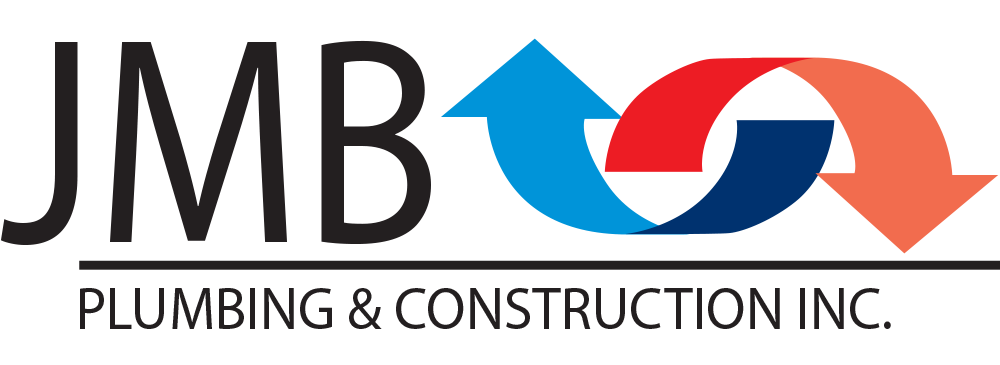Septic System Problems
Common Problems that arise with with Septic Systems
Septic systems play a crucial role in managing household wastewater in areas without access to centralized sewer systems. While these systems are generally reliable, they are not immune to problems. Most homes in the San Jose area an connected to city sewage, however septic tanks are still common in less densely populated areas, and in older homes. Understanding the common issues that can arise with septic systems is essential for homeowners to ensure proper maintenance and prevent costly repairs. In this blog post, we'll delve into some of the most prevalent challenges faced by septic systems.
First of all, how does a septic system work?
Septic systems are decentralized wastewater treatment systems commonly used in areas without access to municipal sewer systems. Their functioning involves a simple yet effective process.
Wastewater Collection: The process begins with the collection of wastewater from the household. This includes water from toilets, sinks, showers, and laundry.
Primary Treatment in the Septic Tank: The collected wastewater flows into a buried septic tank. This tank is a watertight container that allows the separation of solids from liquids. Heavy solids settle at the bottom, forming sludge, while lighter materials float to the top, creating a scum layer. Bacteria in the tank break down the organic matter in the sludge and scum.
Effluent Distribution to the Drain Field: The liquid effluent, which is the clarified wastewater, exits the septic tank and moves into the drain field or leach field. This is a network of perforated pipes buried in soil. The effluent is distributed evenly across the drain field, allowing it to percolate through the soil.
Biological Treatment in the Soil: The soil in the drain field serves as a natural filter, further treating the effluent by removing harmful bacteria, viruses, and nutrients. Beneficial bacteria in the soil play a crucial role in this biological treatment process.
Final Disposal: After the effluent undergoes treatment in the drain field, it eventually reenters the groundwater system. The treated wastewater becomes part of the natural water cycle, contributing to the replenishment of local aquifers.
View more about how septic systems work from the EPA.
Now, let’s look at some common problems that occur with septic systems.
Poor Maintenance:
One of the primary causes of septic system issues is inadequate maintenance. Neglecting regular inspections, pumping, and maintenance can lead to a buildup of solids in the tank, causing clogs and backups. Homeowners should adhere to a consistent maintenance schedule to keep their septic systems in optimal condition. Get your septic tank pumped a minimum of once every 3 years to avoid excess buildup.
Overloading the System:
Septic systems have a finite capacity, and overloading them with excessive water usage can result in problems. Common culprits include large amounts of laundry on a single day, continuous running toilets, or water-intensive appliances. Implementing water conservation practices and spreading out water usage can prevent overloading the septic system.
Tree Root Intrusion:
The proximity of trees to a septic system can pose a threat as tree roots may infiltrate pipes seeking moisture and nutrients. This intrusion can lead to clogs and damage, causing issues with the proper functioning of the system. Regular inspection and strategic planting can help mitigate the risk of tree root interference.
Faulty Drain Field:
The drain field is a critical component of a septic system, responsible for the final treatment and dispersion of effluent. Compacted soil, root intrusion, or a high-water table can compromise the drain field's effectiveness. Homeowners should be vigilant about maintaining the integrity of the drain field to ensure efficient wastewater treatment.
Chemical Overuse:
Harsh chemicals, such as certain household cleaners and excessive use of antibacterial products, can disrupt the balance of bacteria within the septic tank. These bacteria are essential for breaking down solids. Using septic-safe products and avoiding excessive chemical usage can contribute to a healthier septic system.
Flushing Non-Biodegradable Items:
Flushing non-biodegradable items down the toilet, such as sanitary products, wipes, and paper towels, can lead to blockages in the pipes and septic tank. Educating household members about proper waste disposal is crucial in preventing these issues.
Old or Damaged Components:
Septic systems have various components, including pipes, tanks, and pumps, which can deteriorate over time. Aging or damaged components may result in leaks, odors, and system failures. Regular inspections can identify and address these issues before they escalate.
Conclusion:
Maintaining a healthy septic system is essential for the well-being of both your home and the environment. By addressing common problems promptly and practicing proper maintenance, homeowners can ensure the longevity and efficiency of their septic systems. Regular inspections, responsible water usage, and awareness of potential issues are key to navigating the murky waters of septic system management.
Do you have a problem with your septic tank’s plumbing? Contact or Call us at (408) 377-7510 today for a free consultation so we can fix your problem.
Other Links:
https://www.epa.gov/septic/resolving-septic-system-malfunctions
Homeowner’s guide to septic tanks (from the EPA): https://www3.epa.gov/npdes/pubs/homeowner_guide_long_customize.pdf
